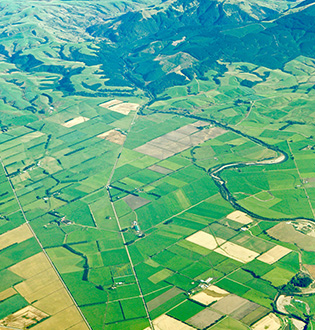Water quality in New Zealand: Understanding the science

This report provides a guide to water quality science, covering those aspects most useful for the many New Zealanders who are engaged in, and concerned about, various aspects of this high profile environmental issue. Water quality science is indeed complicated, much is unknown, and the devil often really is in the detail.
There is effectively no limit to the different aspects of water quality that could be covered, so this report is not intended as a complete reference on the subject. Its scope is confined to fresh water – in rivers and streams, lakes, wetlands, estuaries, and aquifers – and to the three main water pollutants of greatest concern in New Zealand. These three are pathogens, sediment and nutrients.
Pathogens are invisible microbes that cause disease and obviously deserve being labelled pollutants. But sediment and nutrients are only water pollutants by virtue of being in the wrong place. They belong on the land, not in water.
Too much soil and rock washed off land become destructive sediment in water. Nutrients, specifically phosphorus and nitrogen, should also stay on the land helping plants grow there rather than in water. We want fertile land not fertile water.

